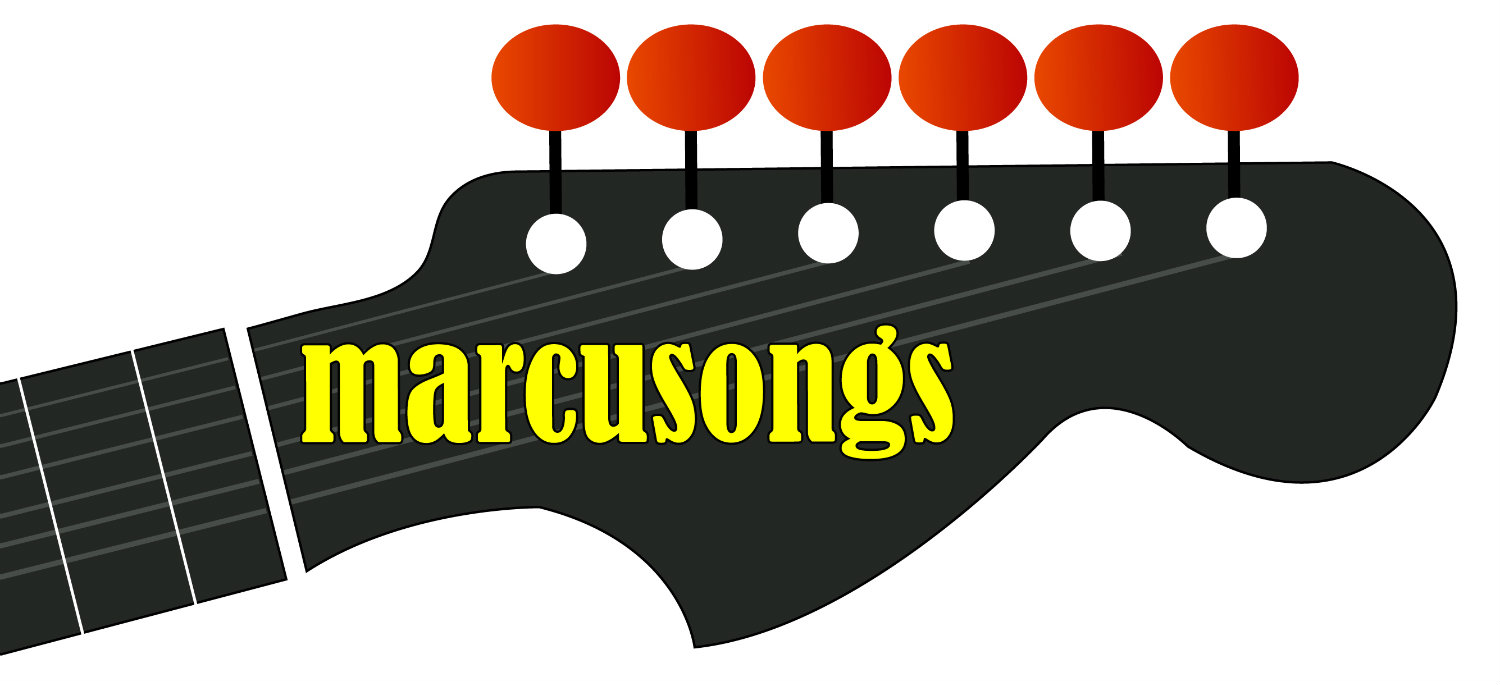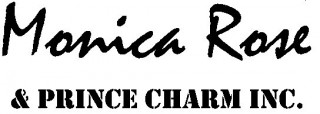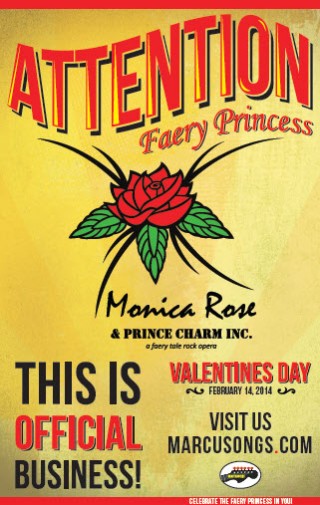I turned on the Tube and got an introduction to YoYo Ma while at a Super 8 in Tucson, Arizona. On the screen was a man painting a soundscape of Vivaldi with bow and cello. He did pull-offs and hammer-downs like guitar tricks and patterns in rock music. A secret only I knew. Oh… and YoYo Ma.
Later on, the harpsichord replaced the cello in my heart. Unlike the piano, which hammers the string, the harpsichord plucks the string. Handel’s Water Music became the next classical obsession. Go for Baroque.
Suddenly, the three-minute pop song could not hold the attention. Classical became a treasure hunt. I bounced from Schumann to Chopin, to Mozart and Dvorak, then Ravel, DeBussy, Rachmanonoff, and Borodin. So long spent thinking it was instruments, strictly piano, then cello, ultimately the oboe and bassoon…no.
It wasn’t a Period, or a Composer, or even an Instrument, in particular. There is something epic about each concept and each interpretation. These pieces are new and exciting through multiple listens. Every note is familiar and you soon can hum whole string or French horn parts. It becomes emotion and not just music.
Mozart was a child prodigy, a rock star in his day. Vivaldi was a red-haired monk who was considered a womanizer and a lush. Bach fathered 22 children, but only nine lived to adulthood. Some of the best symphonies were written when he had lost his hearing. How does that work? Most musicians are remembered because they rub shoulders with the aristocracy, history is a privilege of money and power.
On the piano, the entire orchestra laid out in black and white. The cello has a throaty, sensual speaking voice, rich and full, complete with curves of a Renaissance woman. Drums of every sort, you can feel in your chest, a pumping rhythm and heartbeat. Every concerto and movie soundtrack is in there. There are memories of endless pop/rock/blues/indie radio, cartoon, and musical commercials in all of us.
Somewhere along the way, the bass becomes cello and is delivered from a chamber music point of view. Sometimes like a horn section and often counter-point and/or counter-melody. Bass guitar should be melodic and not just a rhythm section and a basic thumping.
It can complicate how it sits in the ear because generally you expect to find the bass guitar threaded to the drums, as the backbone or rhythm section of a band. An interesting bass can occupy the place in the ear that you’d normally find the guitars or strings. By the same token, there is now an empty spot where the bass no longer is. Piano can make that space both interesting and full or vanish into the rhythm section. It may be against the law, but cello and melody and counter-point ARE the bass guitar. Just sayin’….







